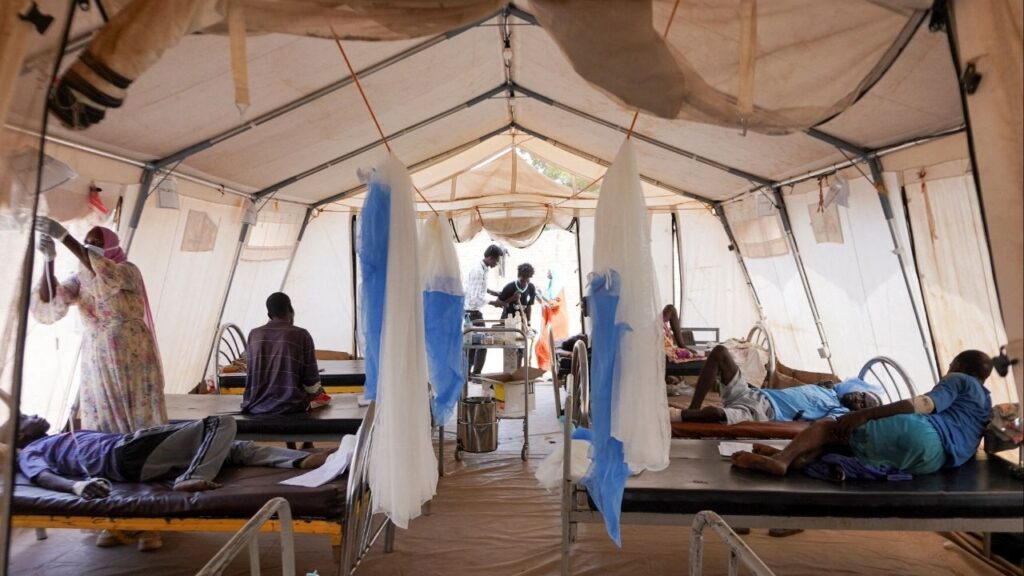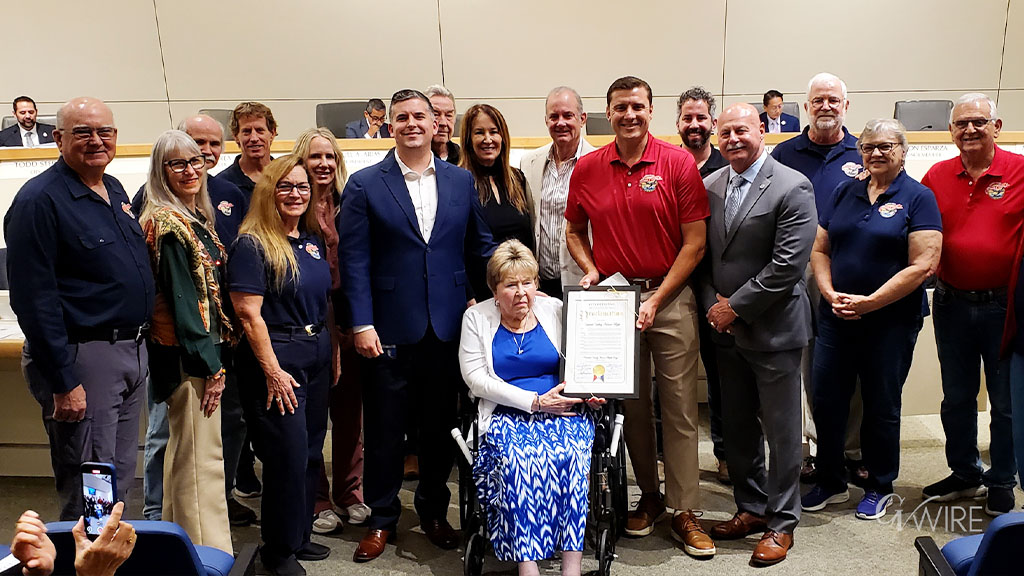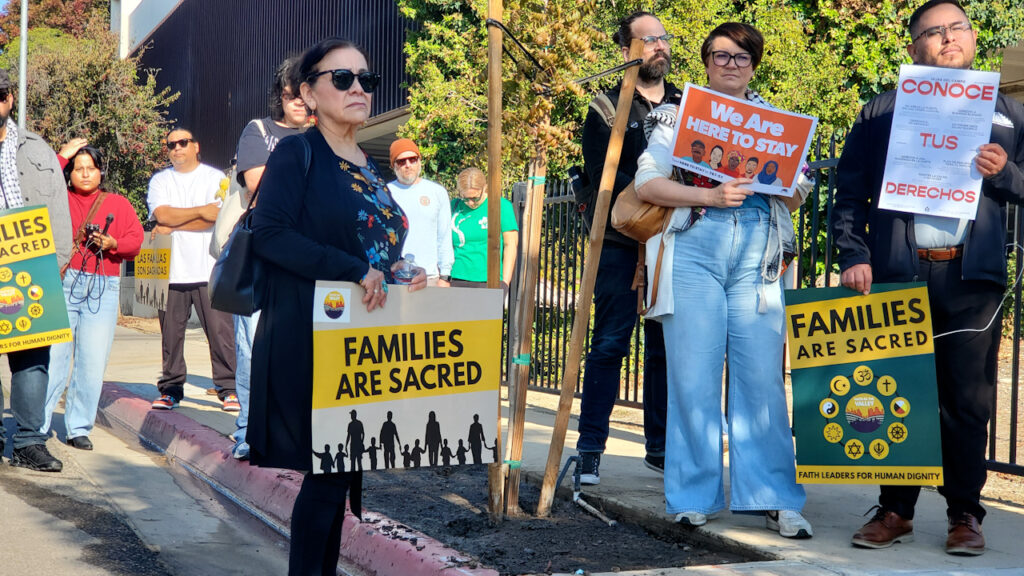Schools aim to improve attendance as COVID-19 cases rise, prompting questions about when kids should stay home. (AP File)

- Parents are more cautious about sending sick kids to school after years of COVID-19 quarantines, leading to high absences.
- CDC now suggests treating COVID-19 like other respiratory illnesses, changing previous isolation and quarantine guidelines.
- Students can attend school with mild symptoms like runny nose or cough, but should stay home with fever, vomiting, or severe symptoms.
Share
|
Getting your Trinity Audio player ready...
|
PHOENIX — As schools reopen for another year, they are focused on improving student attendance. But back-to-school is hitting just as COVID-19 cases are increasing, raising the question: When is a child too sick for school?
School absences surged during the pandemic and have yet to recover. Nearly 1 in 4 students remains chronically absent, defined as missing 10% or more of the academic year, according to the latest data analyzed by The Associated Press.
One reason for continued high absences: After years of COVID-19 quarantines, parents are more cautious about sending children to school when they might be contagious with an illness.
When a child misses school, even for an excused absence like a sick day, it’s harder for them to stay on track academically. So schools and health experts are trying to change the culture around sick days.
Here’s what they want parents to know.
Related Story: Watch Out, Fresno. That ‘Summer Cold’ Might Be COVID.
COVID Guidelines Have Changed
During the pandemic, the Centers for Disease Control and Prevention urged people who tested positive for COVID-19 to isolate at home for a set number of days and to quarantine after exposure to the coronavirus. In some settings, people with any mild illness were urged to remain home until symptoms were clear.
Those standards, and the caution behind them, remained for years after schools reopened to in-person instruction. That meant children often missed large portions of school after contracting or being exposed to COVID-19 or other illnesses.
This spring, COVID-19 guidance officially changed. Now, the CDC suggests people treat COVID-19 like other respiratory illnesses, such as the flu and RSV.
Related Story: Kids Spend a Lot of Time Outside in the Summer. Here’s How to Deal with ...
Fever-Free for 24 Hours
If a child has a fever, they should stay home, no matter the illness.
A child can return to school when their fever has been gone for 24 hours without fever-reducing medication. Other symptoms should be improving.
What About Other Symptoms?
If a child doesn’t have a fever, it’s OK to send them to class with some signs of illness, including a runny nose, headache or cough, according to schools and the American Academy of Pediatrics. If those symptoms aren’t improving or are severe, such as a hacking cough, call your child’s doctor.
The guidance around vomiting and diarrhea varies across school districts. Generally, students should remain home until symptoms stop, according to American Academy of Pediatrics guidelines. Older children may be able to manage mild diarrhea at school.
“Unless your student has a fever or threw up in the last 24 hours, you are coming to school. That’s what we want,” said Abigail Arii, director of student support services in Oakland, California.
Guidance from the Los Angeles Unified School District says students can attend school with mild symptoms such as a runny nose or cold, but should stay home if they have vomiting, diarrhea, severe pain or a fever of 100 degrees Fahrenheit (37 degrees Celsius) or higher.
School districts across the U.S. have similar guidance, including in Texas, Illinois and New York.
Related Story: What Should Parents Do if Their Child Gets COVID After School Starts?
When to Wear a Mask
The CDC says people should take additional precautions for five days after returning to school or other normal activities.
Masks and social distancing are no longer mandated but are encouraged to prevent disease spread. Experts also recommend plenty of handwashing and taking steps for cleaner air, such as opening a window or running an air purifier.
School districts say parents should keep up-to-date on all health examinations and immunizations for students so they don’t miss additional days of school.




















